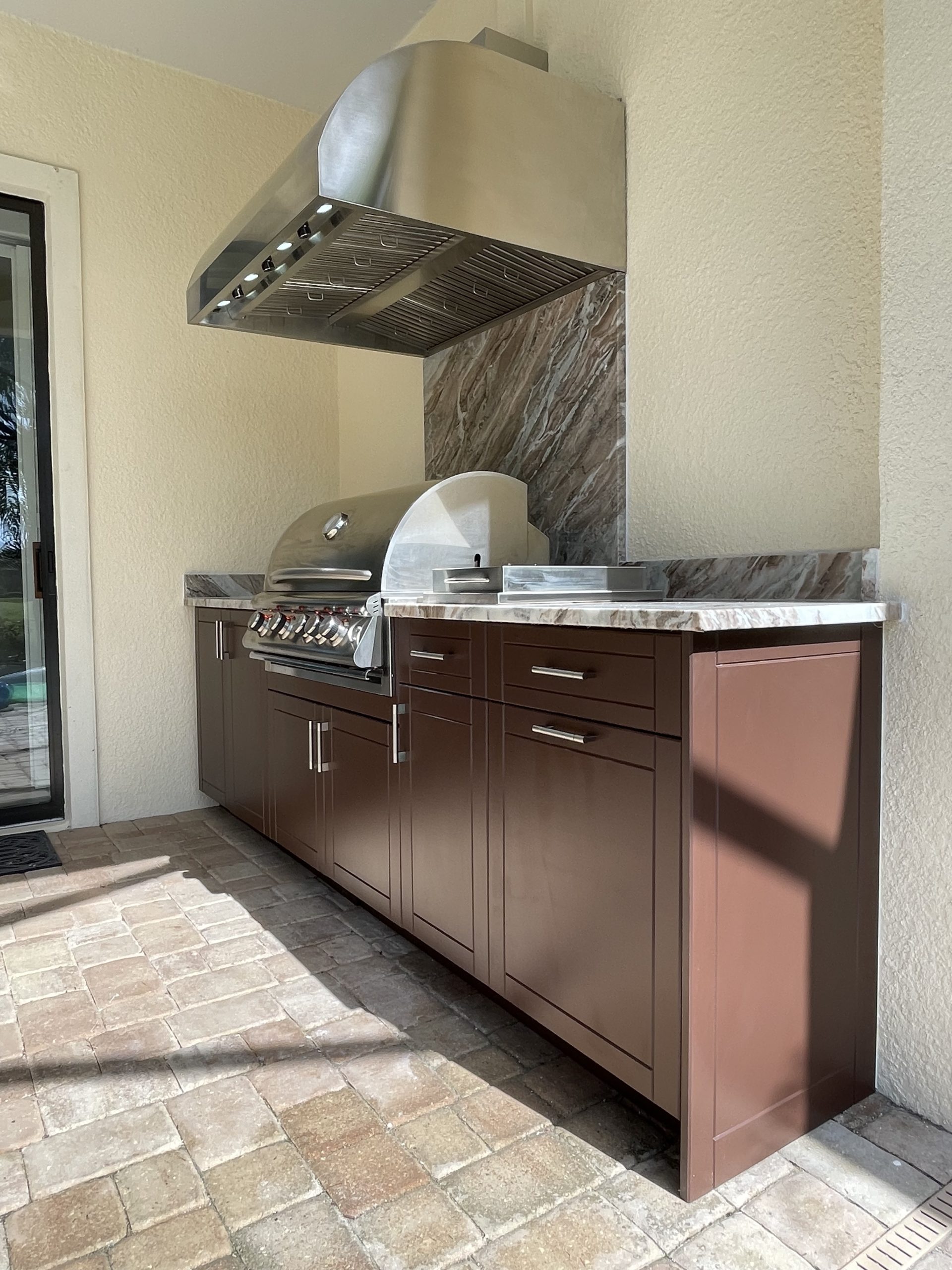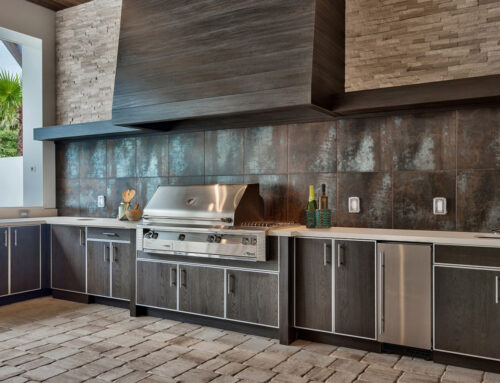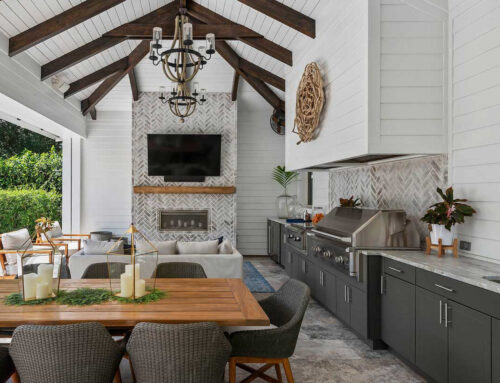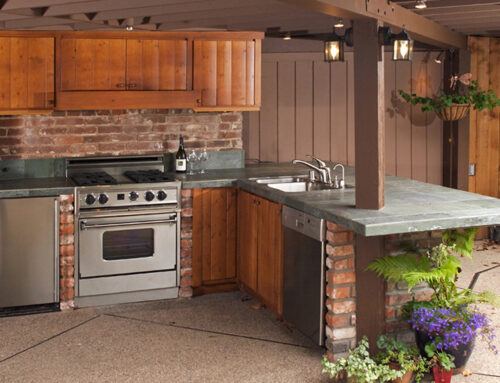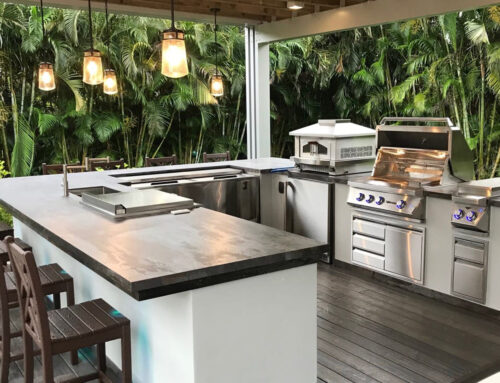Spring and summer will be upon us before you know it, and with them will come mosquitoes, leaves, pollen, and more. You can significantly increase the usability of your back or front porch by screening it in – you’ll be able to enjoy a fresh breeze, observe the wildlife, or watch a beautiful sunset without discomfort. If your porch already has a roof, then it’s even better and the screening process will be much easier. Should you screen in your porch? Let’s discuss it.

What Does Screening Entail?
Screening a covered porch requires frames to fit all the openings, screen material, and screws and nails you will need to attach the frames to your porch. You will also want to have some of the paint or stain that was used on the rest of the porch so that the screen panels match seamlessly. Depending on the size of your porch, screening it in could cost as low as $700. If the porch is on an upper level or is quite large, the cost can quickly go up.
Uncovered porches, on the other hand, need to have a roof constructed before you can screen. Constructing a roof requires not only a few thousand dollars (at least) but also the proper building permits for your town.
Choosing Your Screen Style
There are a few different ways to screen a porch, and each has its merits and disadvantages.
- Large panels. These will stretch from support beam to support beam, giving you wide, unobstructed views of your backyard. Large panels lend themselves well to birdwatching and growing plants. However, if something should cause a screen to tear, it can be a pain to replace since you need to remove all of the screens from the entire panel. Wind or rowdy pets and kids can cause the screen to come loose and bubble, making it look less aesthetically pleasing.
- Small panels. Having smaller portions of the screen means that if one stretches or tears, you only have to replace a small amount of material. Having more frames present also means that small panels are stronger than panels with large stretches of material. If you have pets or kids, small panels are a great option. They do block views more than large panels though, so keep that in mind.
Choose Your Screen Fabric
Though you may not have ever considered it before, there are different types and colors of screening fabric from which you can choose for your porch.
- High Visibility Fabric: if you’ve got a beautiful yard or view from your home, it may be your goal to preserve the view as much as possible despite the screening. The high-visibility screen is made from very thin fiberglass threads that barely seem noticeable from the porch. However, their thinness makes them prone to tears or warping.
- Fiberglass Screening. This is your typical porch screening. It is soft, it doesn’t rust the way metal screening does, and there is a variety of colors to choose from to suit your needs. However, this fabric is not indestructible—a curious cat could shred it if it tries to scratch or climb it.
- Pet-resistant Fabric. For those who look forward to enjoying the porch with their furry friends, pet-resistant fabric is a great idea to use on the lower portions of the porch where your animals are likely to encounter it. It is made from a durable material that can handle scratching from animals. Since it is more durable though, it has a lower level of visibility than other fabrics.
- Aluminum fabric. This type is quite durable and is unlikely to warp due to its rigidity. However, the metal will corrode if it is not pre-treated with a water-resistant coating; even then, the coating might scratch off and then the metal will rust in the exposed area.
Of course, for a project like this, it can be more cost-efficient and less time-consuming to hire a professional contractor. West Coast Design Build Florida are local experts in designing and installing beautiful outdoor spaces for Sarasota residents. For more information on outdoor living, gourmet kitchens, or gorgeous bathrooms – call us today.
